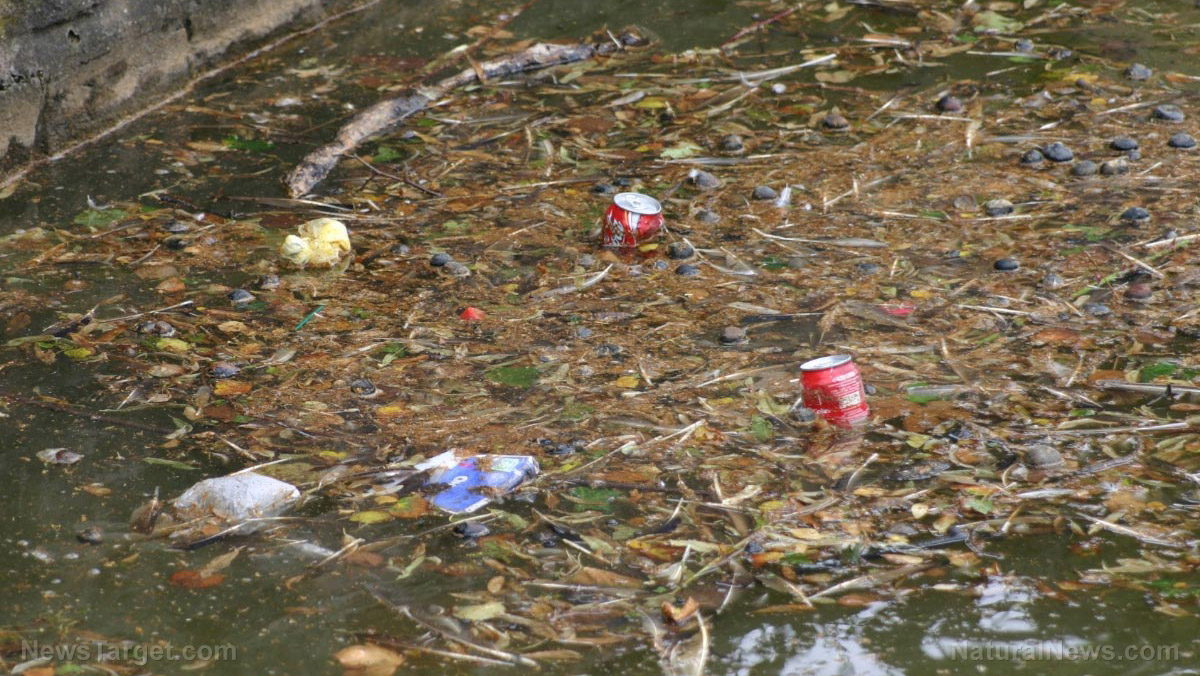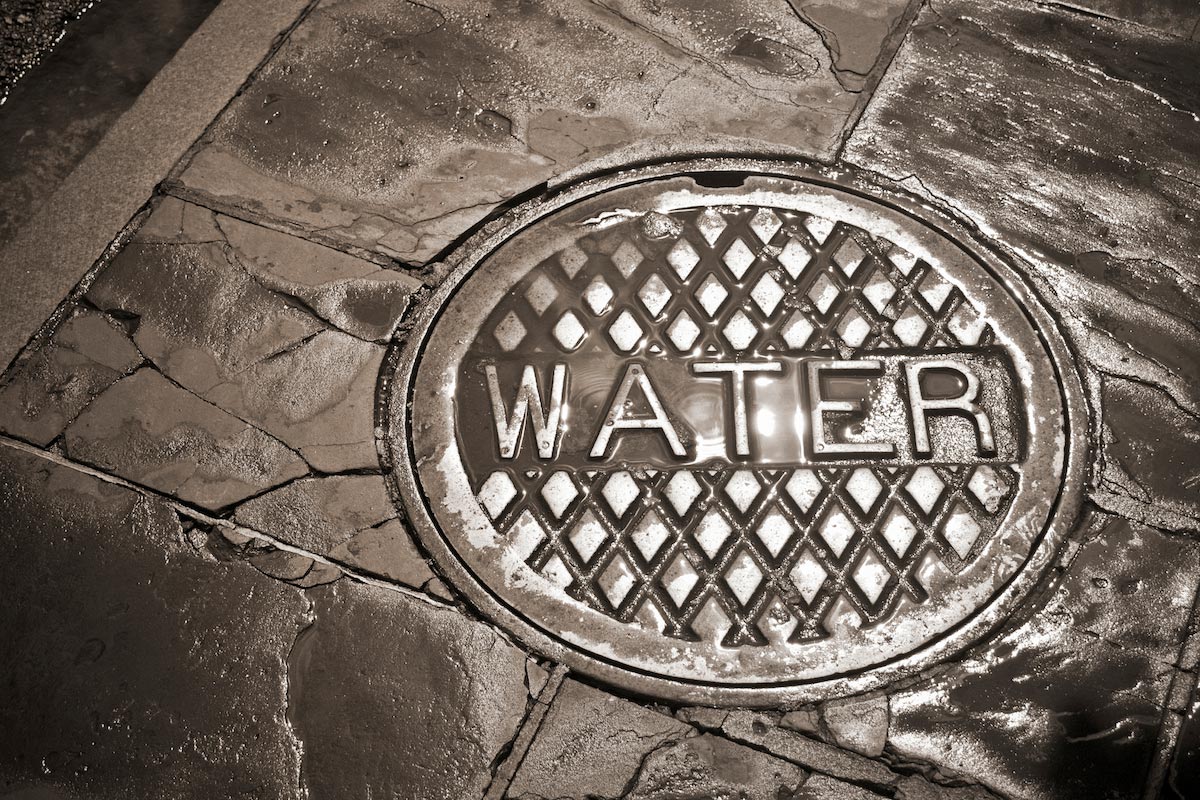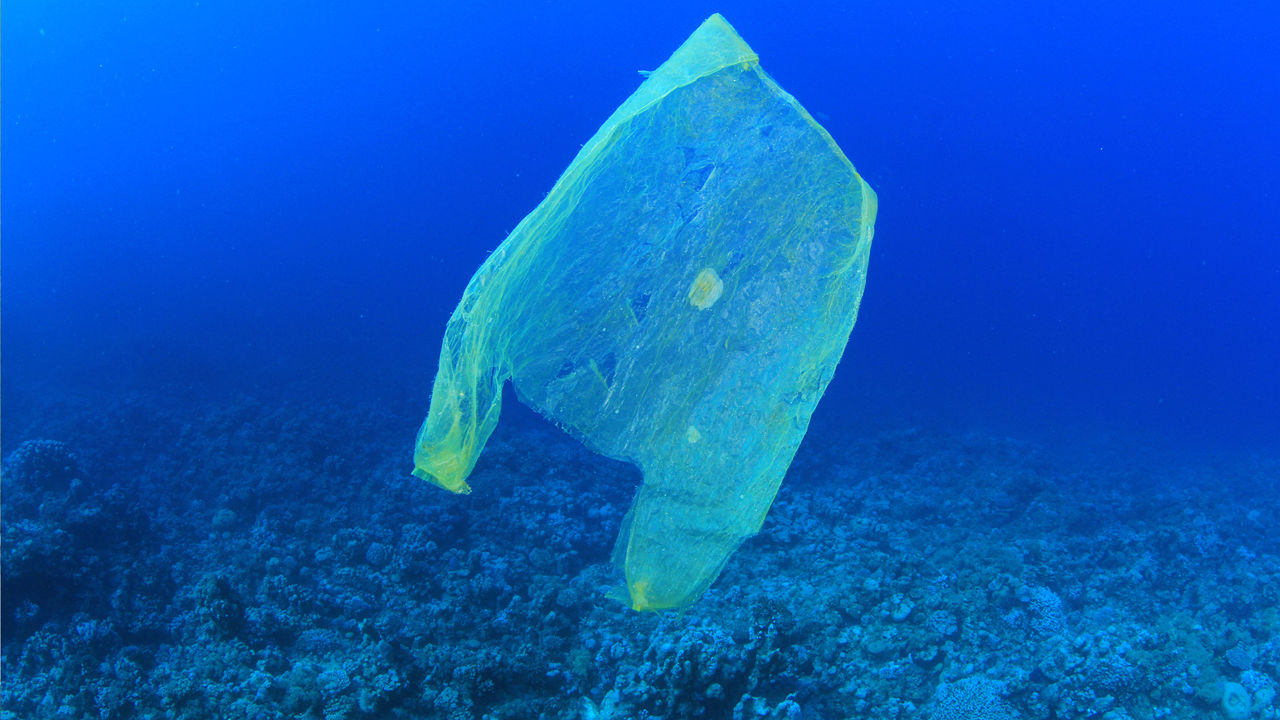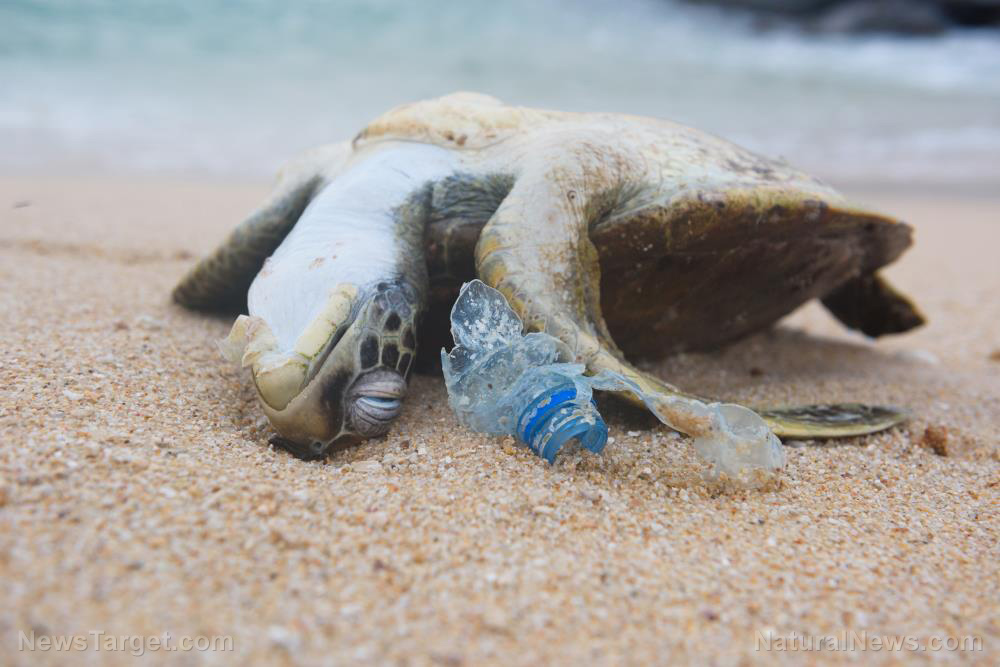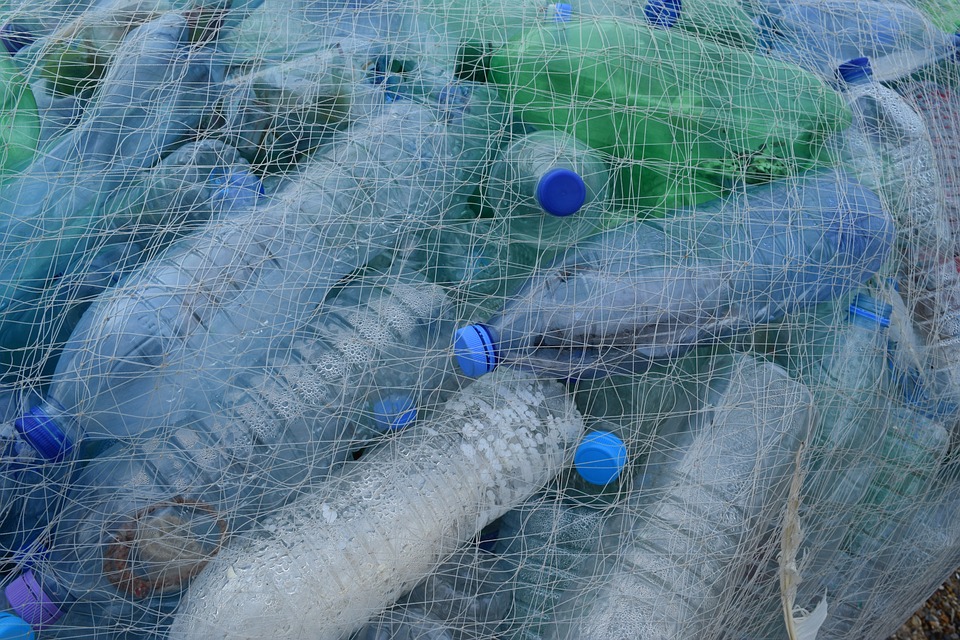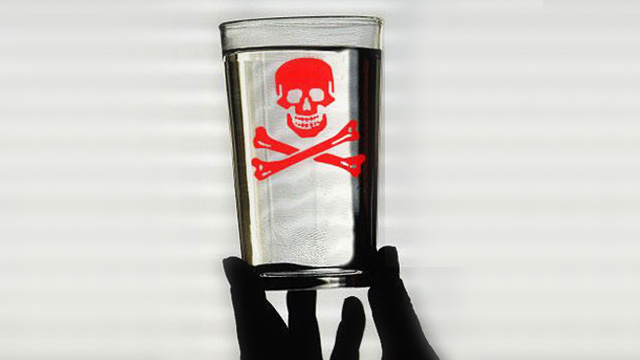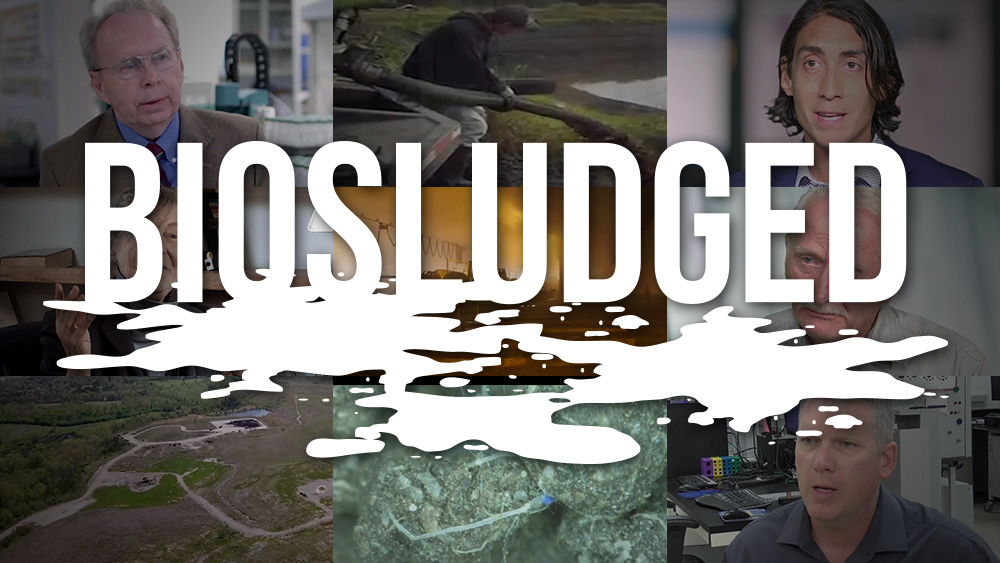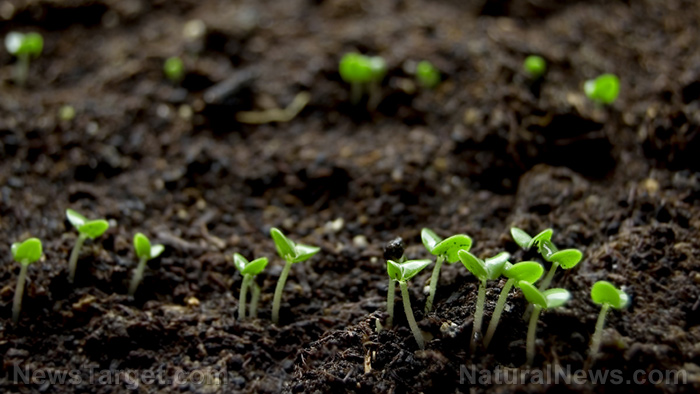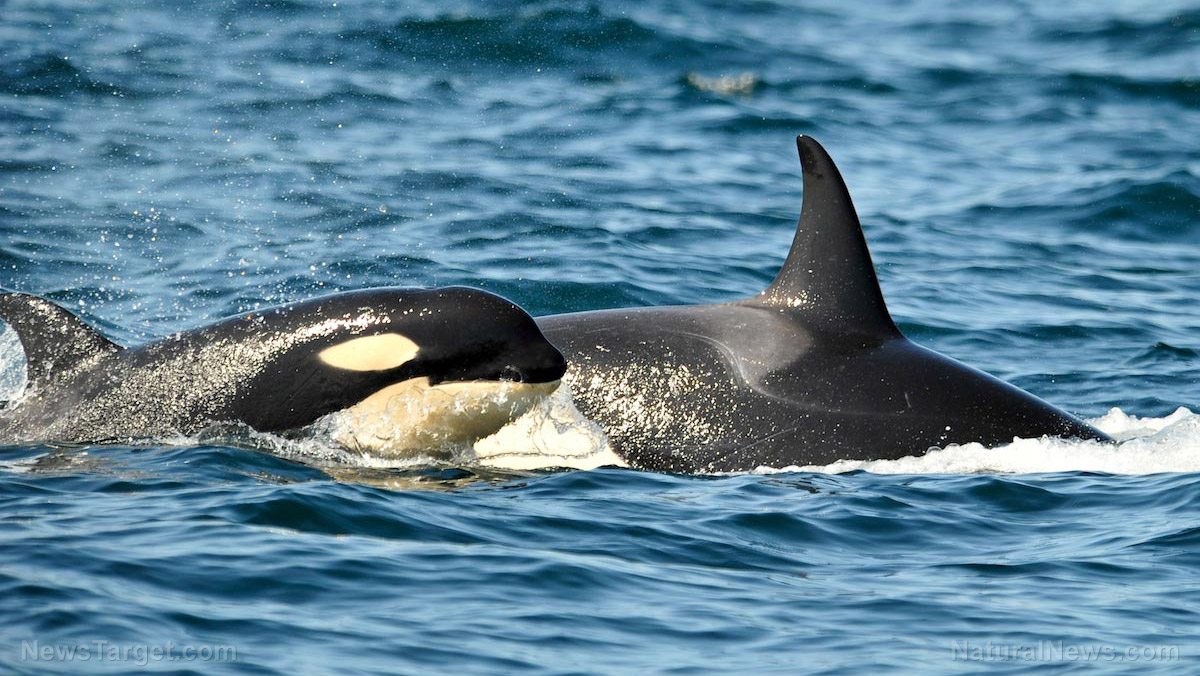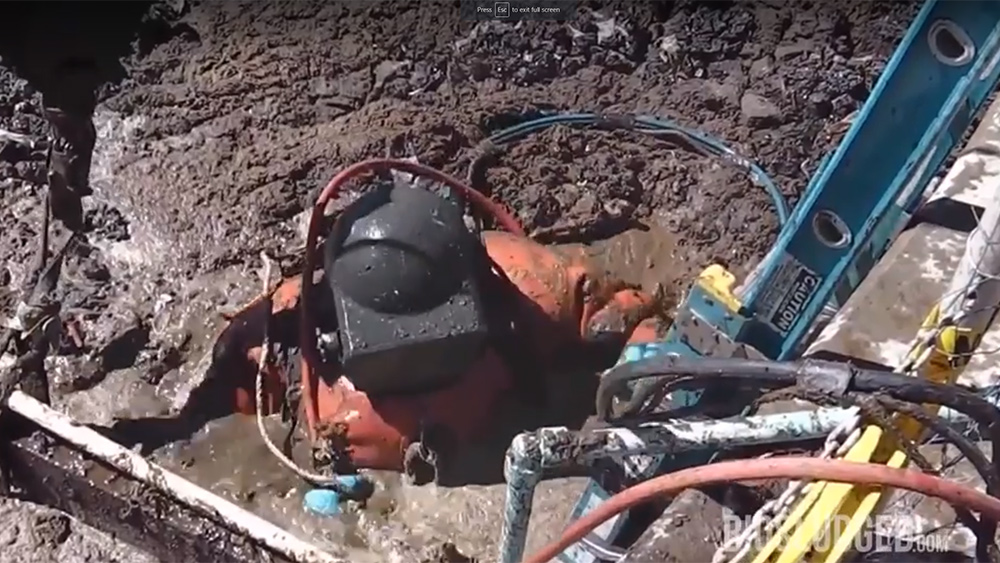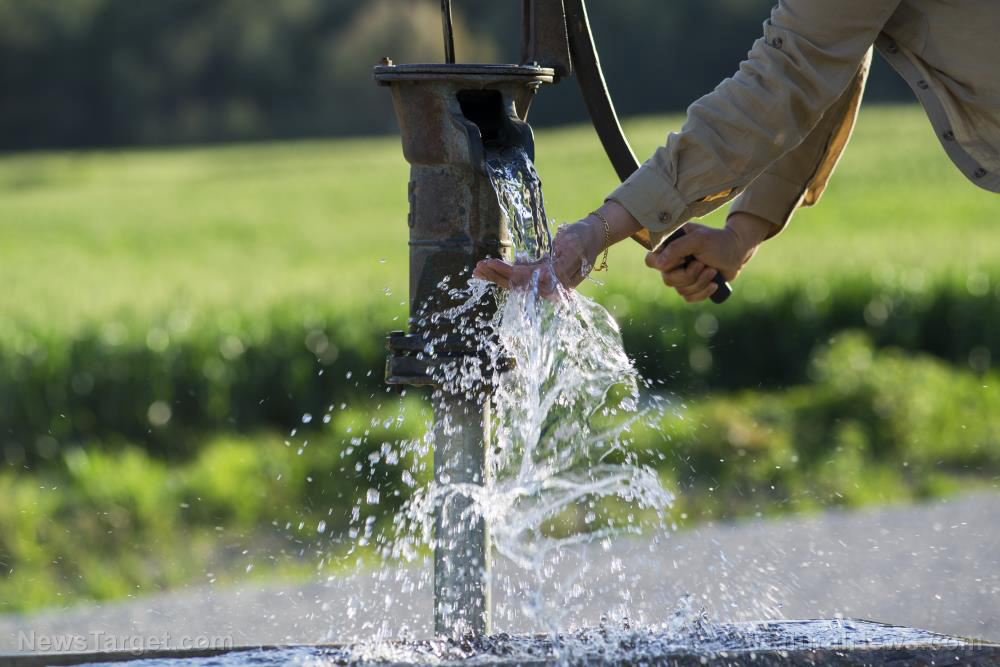Northern Australia mining town demands the Health Department blood test its residents after water supply found contaminated with lead
05/19/2018 / By Edsel Cook
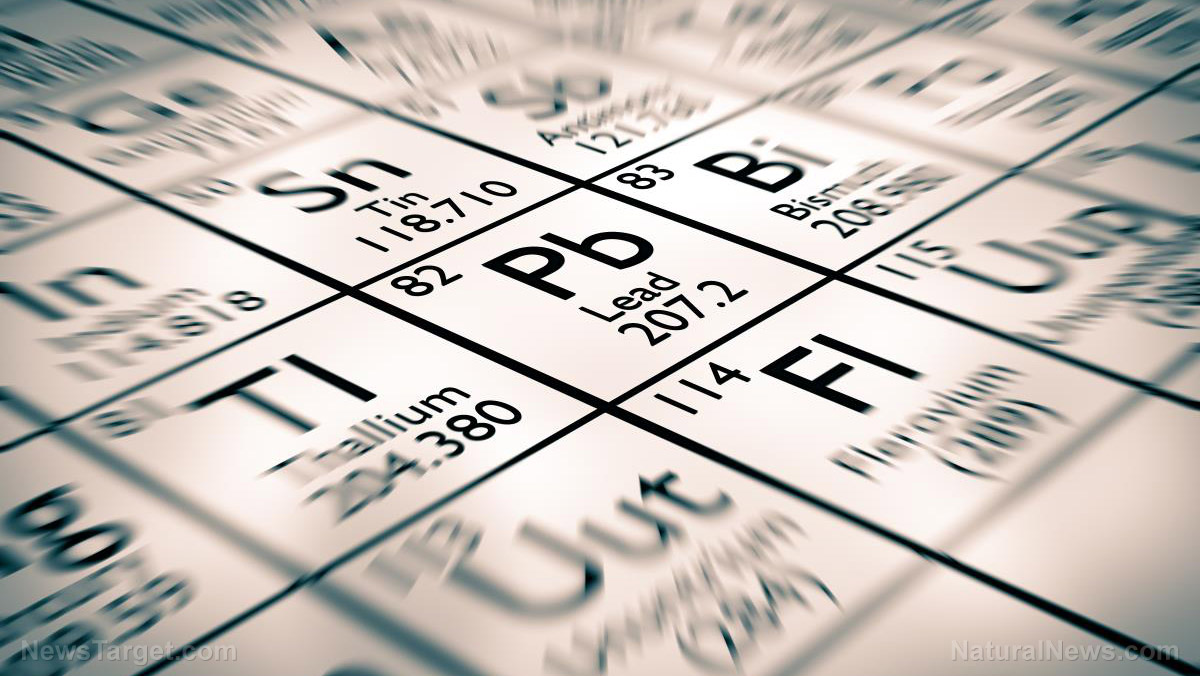
The population of Borroloola, a remote mining town in central northern Australia, got the shock of their lives when they heard that their drinking water had higher amounts of lead than normal. In an ABC News report, the indigenous Garawa community is demanding blood testing for affected families from Australia’s Department of Health.
Earlier in April 2018, the Territory Government gave notice to the community that they should avoid using the local water for cooking, drinking, or brushing. The notice added that the Power and Water Corporation (PWC) would test their water source near Borroloola.
The Department of Health later stated that a sampling point near the Garawa community’s water supply registered higher levels of lead. Another point showed increased amounts of manganese alongside the heavy metal.
Keith Rory, the leader of the indigenous community, said the news about lead contamination of the water supply has frightened everyone in the region. He believed the crisis concerned all the clan groups. (Related: Bald eagles dying of lead poisoning in Iowa.)
Indigenous Garawa community wants lead blood testing for their children
In 2014, the McArthur River Mine was discovered to have cattle and fish contaminated with toxic chemicals. The mine’s owner, Glencore, was forced to confess responsibility for the contamination after a local environmental agency tested the water in the McArthur River.
A separate incident, also attributed to Glencore, resulted in the contamination of hundreds of cattle. Since then, indigenous residents feared the inevitable appearance of lead in their drinking water.
At Borroloola, Rory said he and his people would wait until government investigators zero in on the source of the lead contamination. In the meantime, the Garawa community requested blood testing for their children as soon as possible.
The community leaders have been requesting blood tests since the first news about the lead contamination from the McArthur River Mine, which extracts lead, manganese, and zinc from deep underground.
Meanwhile, Glencore issued a statement denying any connection between its mining operations and the lead contaminants in the Garawa water supply. The company said it tested the quality of the water in the mine and around it – such as the McArthur River near Borroloola – every month.
Glencore claimed that their monthly water testing showed lead levels fell well within the limits of the Australian Drinking Water Guidelines.
While Garawa residents fret and authorities investigate, Glencore applies for a bigger mine
Right now, Glencore is undergoing an Environmental Impact Assessment from both local and federal governments. The company is applying for permission to double the size of the McArthur River Mine.
Garawa leader Rory believed Glencore’s application should be rejected if it turned out that the lead contamination came from the company’s mining operations. For example, there could have been a discharge from one of the McArthur River Mine’s dams or runoff and seepage from the dumping ground for reactive waste rock.
“We have been saying all the time that we want to fight for our land and for our water and our hills and trees so that our new generation coming up will see good things happening,” he said.
The latest statement from the Department of Health said that the PWC was still determining the source of the lead contamination. Fortunately, the water bore itself appeared to contain normal levels of lead and manganese, which bode well for the long term.
The PWC is currently taking samples from the water reticulation system for testing. Meanwhile, the Department of Health is preparing to send a water tanker to the Garawa community as a source of drinking water for the time being.
Learn about the dangers posed by lead and other heavy metals in the water supply at Metals.news.
Sources include:
Tagged Under: Australia, Lead, Lead contamination, lead levels, lead poisoning, McArthur River Mine, mining, mining operations, toxic elements, toxic lead mine, toxic water, water health

